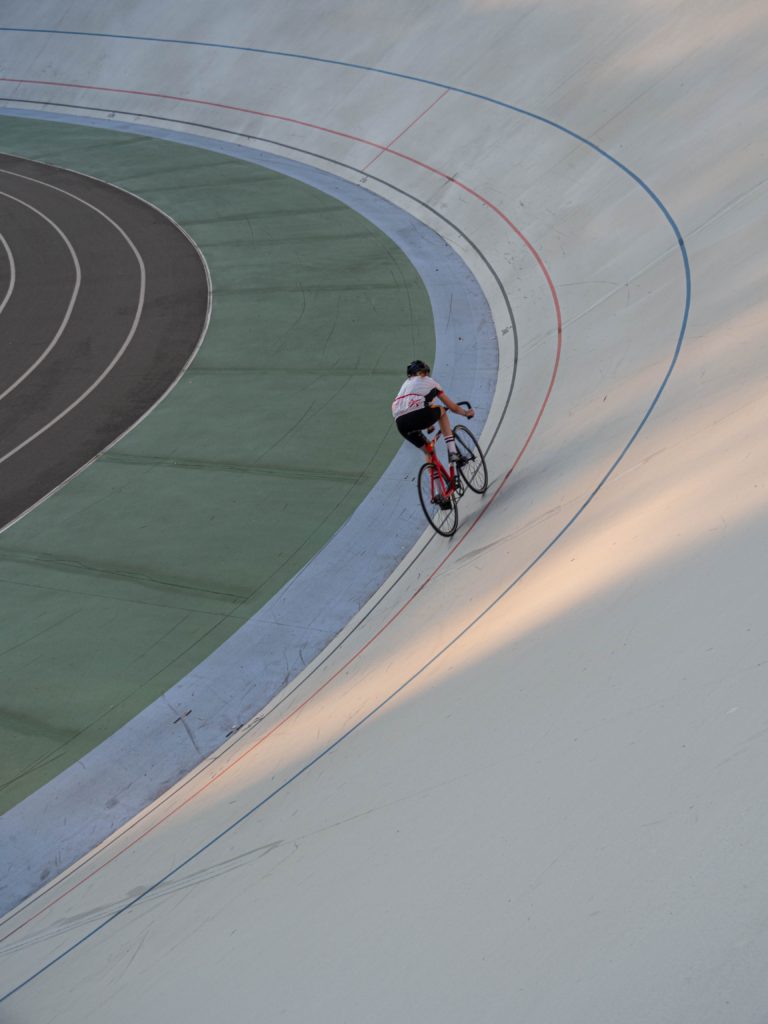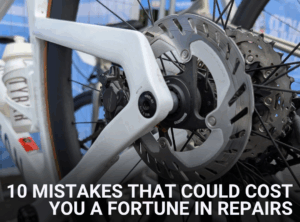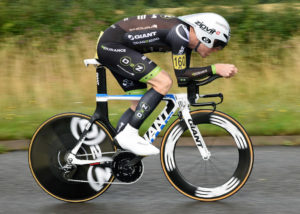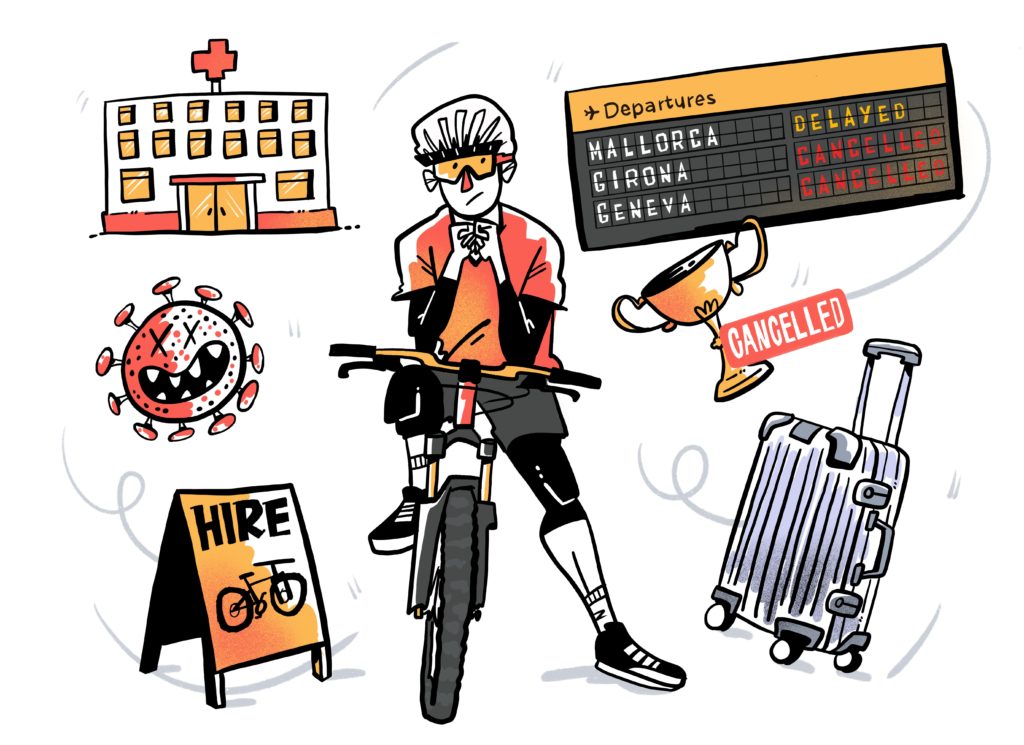The term VO2 max is thrown around in cycling circles and in the cycling media often being used to describe short hard efforts or being referenced as “huge”. It’s not always clear what VO2 max actually is though. There’s a lot of noise around this topic and some confusing interchanging of terms. We are going to cut through this noise and tell you exactly what VO2 max is and why you should care about it!
What is VO2 max?
For scientific definitions Wikipedia is often very helpful – it has well referenced accurate definitions of a number of scientific concepts and VO2 max is no different. It defines VO2 max as the maximum rate of oxygen measured during incremental exercise. It is also referred to as maximal oxygen uptake or maximal aerobic capacity. VO2 max is a measure of how much oxygen you can consume and process per unit of time – with more being “better”. If you want to learn the details of the definition on VO2 max, check here. For more resources check the references at the bottom of the article.
How do I measure it?
VO2 max is measured in mL / (kg min) – that means millilitres per minute times your bodyweight. Another way to phrase this is the amount of oxygen you can process in a minute scaled to your bodyweight. VO2 max is often measured in absolute terms too, without the bodyweight component. There are a number of ways to measure VO2 max, with many devices estimating it as well as calculations that can be made from indirect measurements. The best way to do it is to head to your local sports lab (often found at universities) and get it measured. For a back of the envelope VO2 max calculation you can use the heart rate ratio method found here.
How do I improve it?
VO2 max is larger in well trained athletes – this may seem obvious but if you want to improve your maximal aerobic capacity doing a lot of aerobic training can help! The way to structure your training is a mixture of long low intensity training and a little bit of high intensity training. This is known as polarised training. Training at your maximal aerobic capacity is a hard effort and should be included in your training with your care – doing too much could lead to injury, burnout or overtraining. Polarised training should not be done all year round but this time of year is perfect for it as we are still quite a way from racing. As racing approaches you should switch to doing more race specific intervals while maintaining that high aerobic base.

Why should I care about it?
Your personal VO2 max is a strong indicator of your performance. Elite cyclists typically have VO2 max scores of around 70-75 with the very best exceeding this. The numbers seen in the professional peloton are not hugely different from those seen in top amateurs. While it is not certain, by any means, that the rider with the highest VO2 max will win a race there are often positive correlations between performance (finishing position) and VO2 max across many sports.
Of course, the best thing about bike racing is that it isn’t just a time trial where the fittest rider always wins. Race tactics and a bit of luck are always involved. It is true that having a high VO2 max does give you a wider margin for error. If you have a larger aerobic capacity you can afford to make more hard efforts in the race and still be able to contest the sprint.
Real changes in VO2 max can be seen after 6 weeks of training so it’s the perfect time of year to begin thinking about inputting efforts at VO2 max power into your plan. This will give you time to improve your VO2 max, bank them and move into more specific work in preparation for your race season.
Whether you’re an ultra endurance rider, time trials or crit specialist having a higher VO2 max will help your racing. There’s a reason even top ironman athletes spend time working at this intensity despite their racing being 8 hours!
For home insurance built for cyclists – check out Pedal Cover here!










